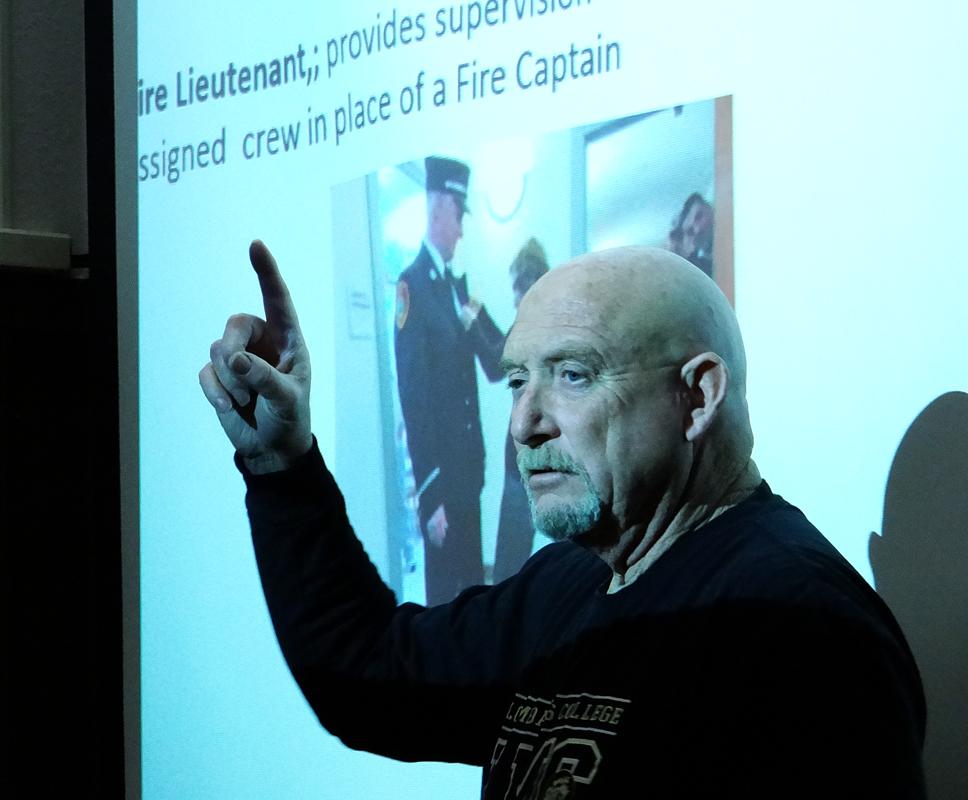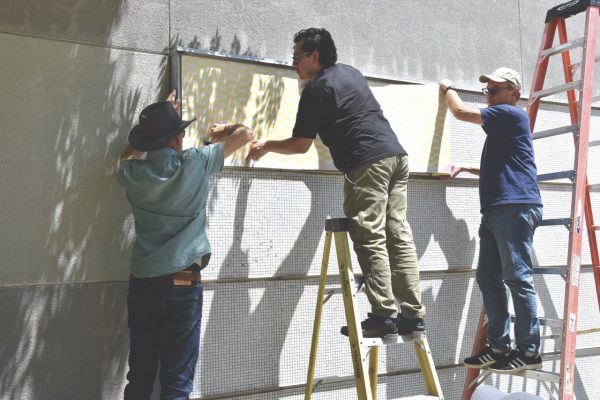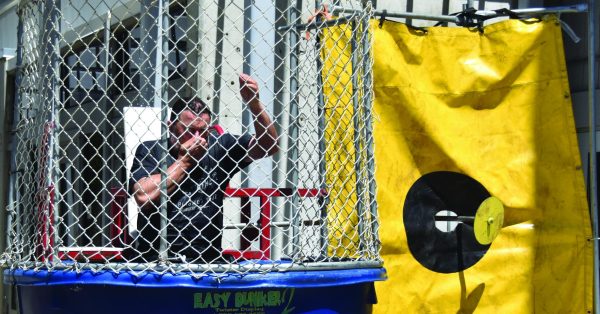Fire Tech Programs ignite ambitions
LMC has two Fire Technology programs designed to train students preparing for careers in fire protection.
One of the programs is the Fire Academy, which is the physical training part of the job. The other program is fire technology, which is a program leading to an Associate of Science degree in fire technology. The fire technology program is composed of three 3-unit courses.
Student Chris Giddis, who is currently enrolled in the program, stated, “although firefighting is not gender biased, it involves a mental toughness and tenacity that many people don’t have. You have to born to be a firefighter.”
The fire technology program can accommodate up to 45 students in each class, has no specific prerequisites.
“Firefighting is one of the most competitive civil service jobs while the gender distribution is almost all male,” said Giddis, who explained that the physical nature of the job intimidates many women. “But, we would like to see more females in the program,” he added.
The courses are as follows:
- Fire Technology 101: Fire Protection Organization is an intro to fire service class, which gives students a basic idea of how the fire service operates.
- Fire Technology 106: Physical Fitness for Firefighters includes fitness conditioning and muscle building.
- Fire Technology 107: Firefighter Safety and Survival is a course that shows students how to be safe on the job. They also learn safety techniques like smoke ventilation.
The prerequisites for the Fire 120: Basic Fire Academy course are Fire: 101, 106 and 107, although the fitness class maybe contested with a passing score on the Candidate Physical Agility Test. The CPAT test measures a fire candidate’s strength in eight specific firefighting job areas: stair climb, fire hose drag, equipment carry, ladder raise, forcible entry, search, rescue drag and ceiling breach and pull. A medical physical exam must also be completed six months before Fire Academy courses begin.
“It is important to start with the Fire Technology class prerequisites to make sure you want to be a firefighter,” Giddis said adding, “It is not easy.”
Fire Academy Coordinator Mike Grillo knows the rigors of the job saying, “the firefighting profession is strenuous and students who are interested need to make sure they are willing to commit 100 percent to all the physical and mental tasks that the job requires.”
The Fire Academy program success rates vary from class to class because the academy is challenging and not everyone makes it through.
“Firefighting is a dangerous job that demands a unique individual,” said Grillo.






